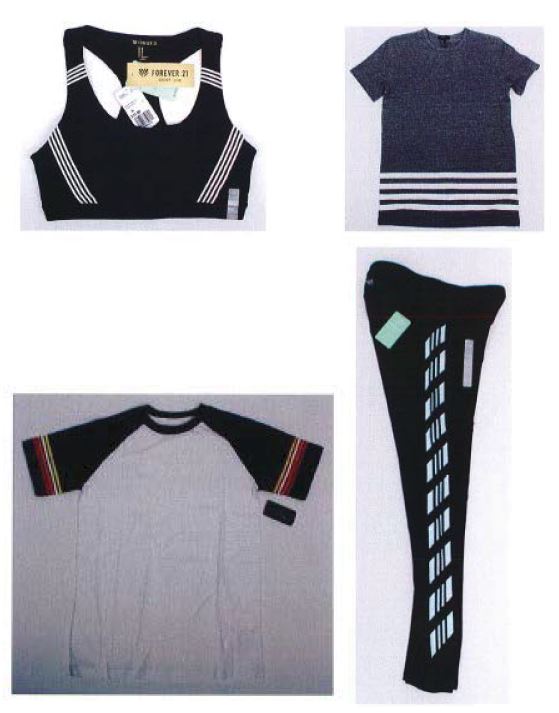Australian motorcycle company (and film critics) Deus Ex Machina Motorcycles Pty. Ltd., has sued Warner Bros. and MGM Studios for trademark infringement for dressing the female lead in a jacket bearing their registered trademark “Deus ex Machina” in the “flop” “schmaltzy teen-style love story,” [Complaint, Para. 33] The Sun Is Also a Star.
The Sun Is Also a Star is a teen drama film directed by Ry Russo-Young and written by Tracy Oliver, based upon the young adult novel of the same name by Nicola Yoon. The phrase “deus ex machina” is essential to Yoon’s story, where its presence on the female protagonist Natasha’s backpack gets her noticed by Daniel and sets the love story in motion. The movie moved the phrase from the book’s backpack to a jacket. According to a 2019 article in MarieClaire.com, the jacket plays a critical role in the film. Costume designer Deirdra Govan, created the jacket from scratch in three-and-a-half weeks with the help of her mighty team of assistants, tailors, set costumers, and costume supervisor, working on roughly 15 different styles before landing on the one.
The Complaint sets up another First Amendment battle between artists and brand owners. Yoon no-doubt selected the phrase for its well known literary meaning; a heavily merchandised motorcycle company with a curated tough-guy image was probably the last think on her mind. Still, the movie moved the phrase from a backpack to a jacket. It also does not help that Charles Melton, who played teenager Daniel Bae in the movie, posed for pictures posted to social media to help promote the movie in which he wore clothing actually sold by Deus Ex Machina [Complaint, Para. 31].
It seems that Warner Bros. and MGM Studios have a reasonable First Amendment Rogers defense, and unless tough-guy biker boys are sneaking into schmaltzy teen-style love stories, a reasonable argument that there is no likelihood of confusion. While the movie may have flopped, hopefully their defense will be a block buster.



